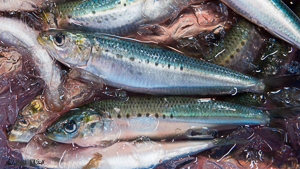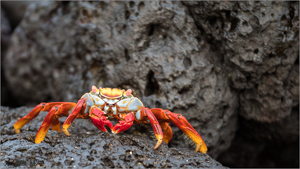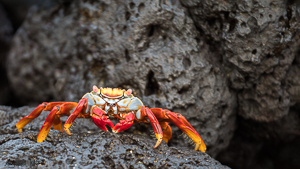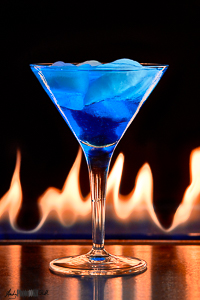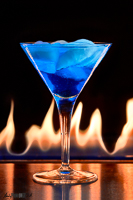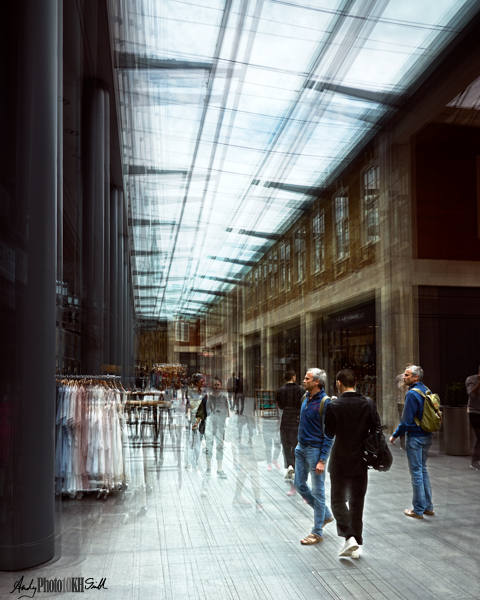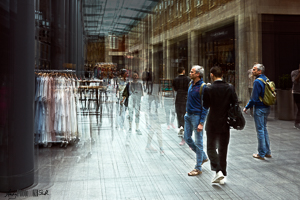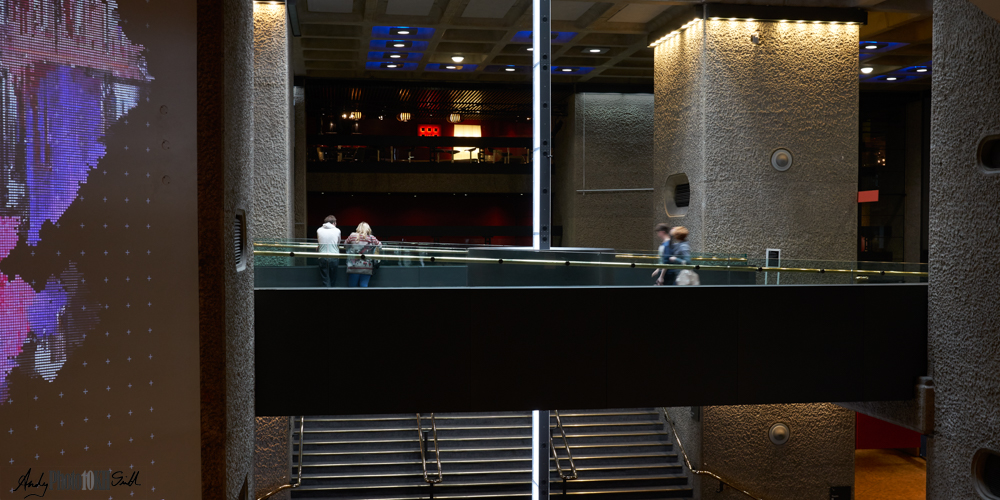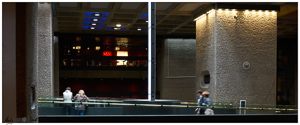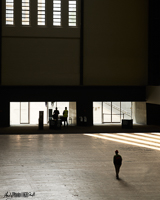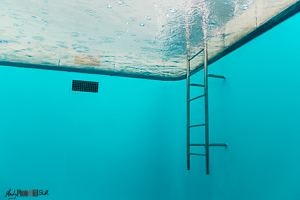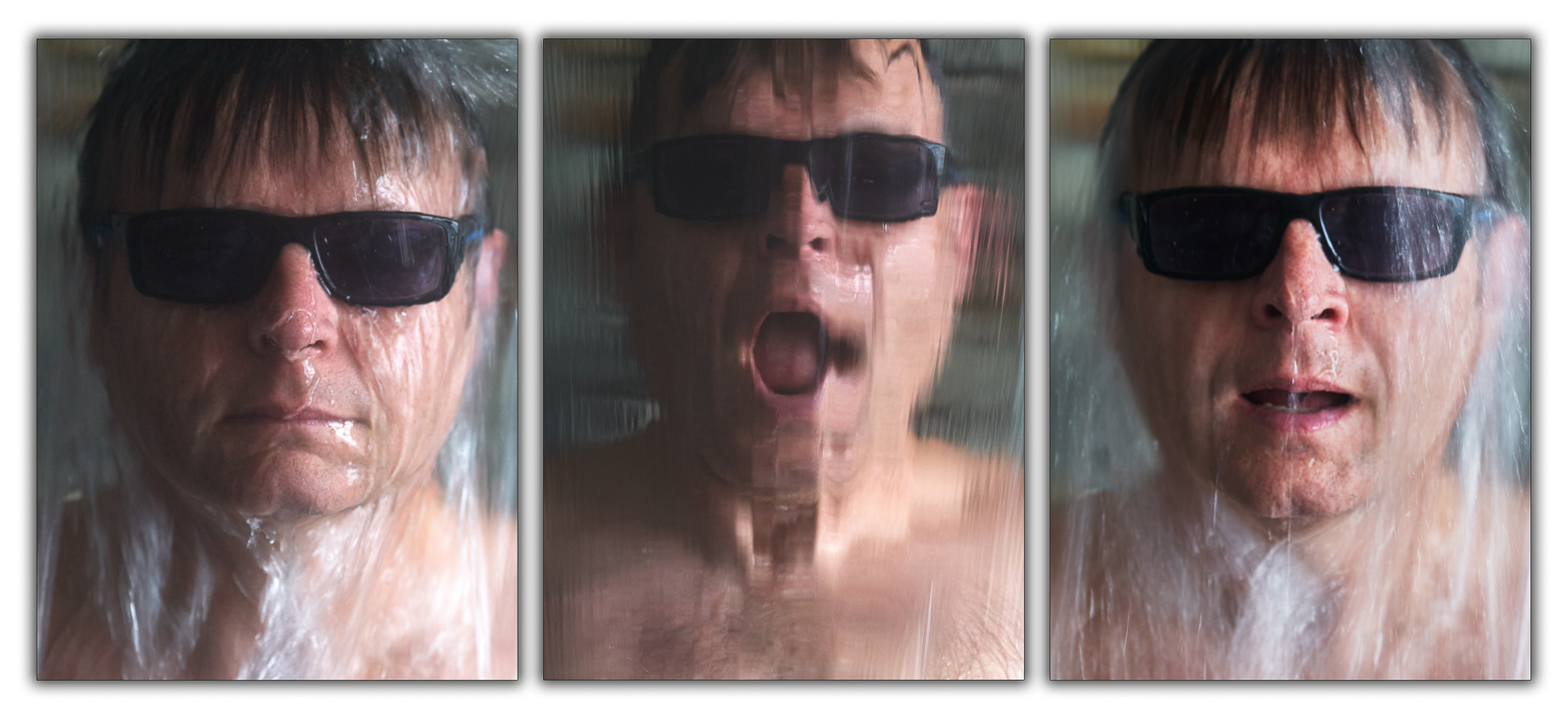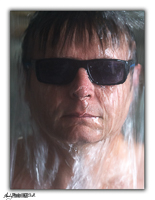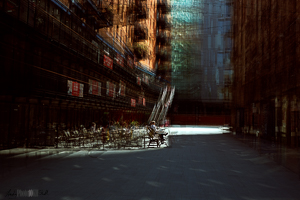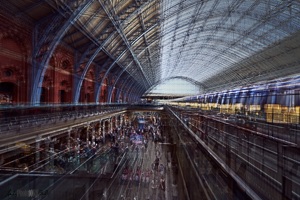What is the CPAGB and why am I applying for it?
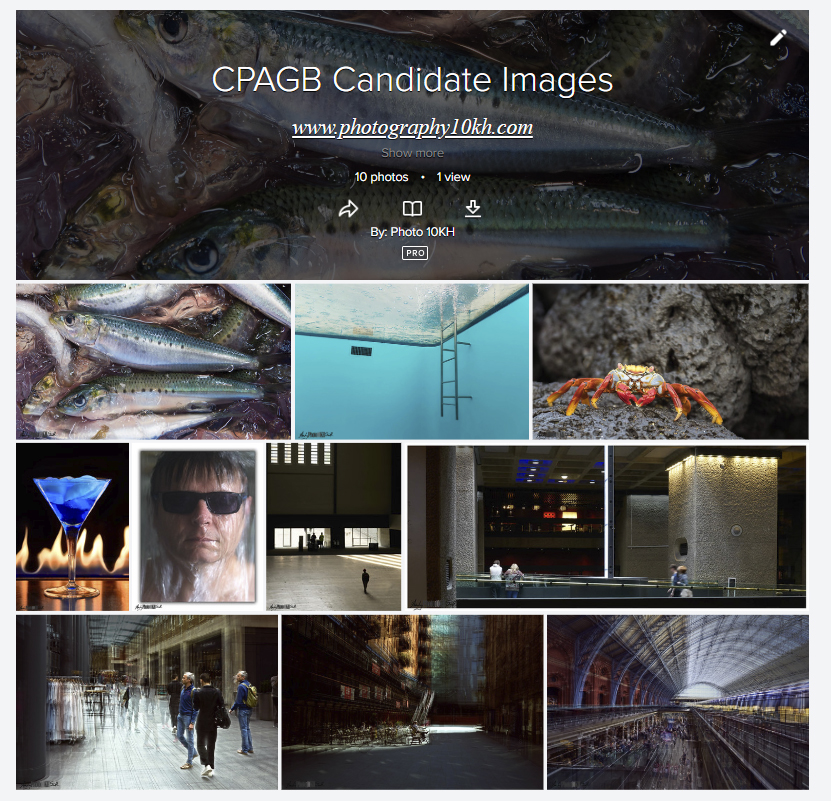
Following “The first 2,500 Hours Review at 25%“, one of my goals for the next 2,500 hours is to achieve my CPAGB. This is a key part of both getting feedback from the field, and measuring the progress I’m making towards the goal of becoming a more proficient photographer.
Unlike the LRPS, which I achieved on my second attempt earlier this year (see: “My Successful LRPS Resubmission”), where the creation of a panel is required, the CPAGB simply judges ten images individually. Images have to be impactful in their own right; only 2 images from my LRPS panel were considered strong enough to make the grade.
6 of the images to be submitted have been created in the last 6 months. The other 4 pre-date my 10,000 hour project, albeit with a little bit of post processing adjustment.
The post is based on the advice given during an informal advisory day organised by the Amersham Photographic Society for the 15 or so of its members who will be applying for a PAGB distinction this November.
If you have any comments or suggestions, please add them below. Or to follow my progress please connect with my through your favourite social media channel to the right.
What is the PABG?
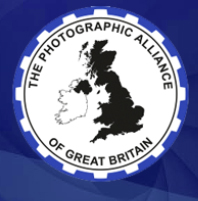
The Photographers Alliance of Great Britain (PAGB) is the overall organisation of camera clubs in the UK. It sits between regional association, such as the Chiltern Association of Camera Clubs (CACC) and FIAP (International Federation of Photographic Art).
Stoke Poges Camera Club and Amersham Photographic Society are two of the 40 or so clubs that are members of the CACC; the CACC is one of 15 regional association that are member of the PAGB; and FIAP has member organisations in just about every country in the world.
Its role includes the organisation of events, inter-club competitions and, most importantly for the purposes of this post, a series of distinctions for club members.
PAGB Distinction Levels
Three levels of awards for photographic merit:
- Credit (CPAGB) – Blue badge and certificate
Standard: Good Club Photography - Distinction (DPAGB) – Red badge and certificate
Standard: Open Exhibition Photography - Master (MPAGB) – Yellow badge and certificate
Standard: Highest Standard of UK Amateur Photography
CPAGB Criterion
Often considered to be broadly the same level as the LRPS but relies on the strength of individual images rather than a panel. Specifically, 10 images that “Would do well in a good Average Club domestic club or inter-club competition”.
Images are judged individually by 6 judges each awarding points on the following basis:
- 4=”yes”
- 2=”no”
or less frequently:
- 3=”near miss”
- 5=”outstanding”
As far as I know, 1 is never awarded!
A total of 200 points required for the award. This is an average of 20 points per image; fours yeses and two noes.
Judging Process and Overall Advice from Advisors
Images are placed in a light box in front of the panel of judges. After initial viewing, the judges are allowed to move to see an individual image close up, but apparently, in practice rarely do. Therefore, assessments are made at a distance of six feet or so, in 6-7 seconds per image.
Therefore:
- images need to have instant impact
- whilst slightly different is good, they should not be completely off the scale
- if you are presenting two or more similar images, keep the best to last.
Candidate Images and Advisors Comments
Top 10 images selected by me prior to the advisory session:
| Image | ….. | Comments | ….. | Image | ….. | Comments |
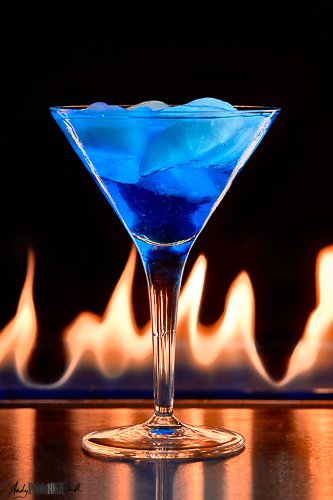 | “Yes” Could try to extract more detail from flame, stop them being too much of a distraction | 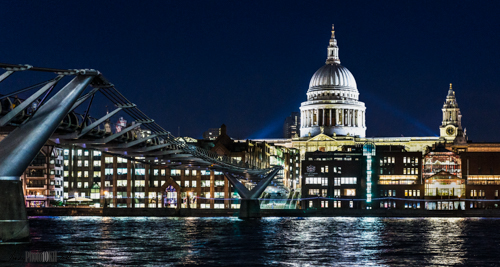 | “Risky” Judges will have seen a lot of similar images before | |||
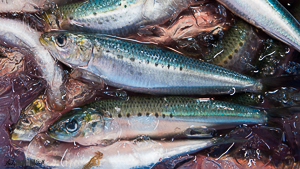 | “Yes” Reprint – try lifting the shadows slightly | 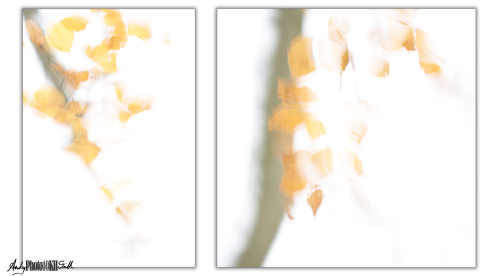 | “Yes but” Lighten or simplify the boarder “Dangerous” “No” | |||
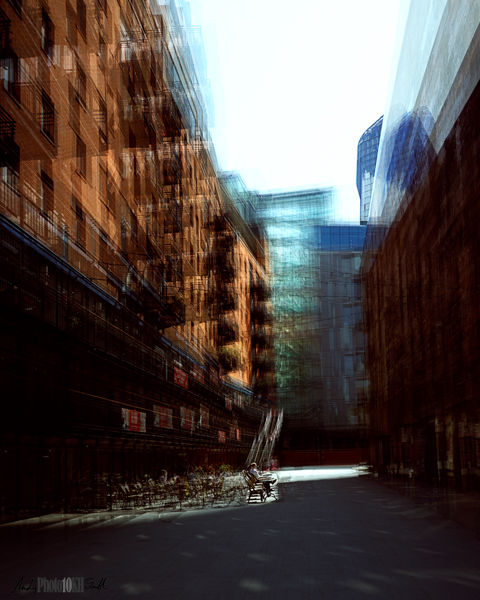 | “Yes – but” Remove distracting sky by cropping to just the bottom half | 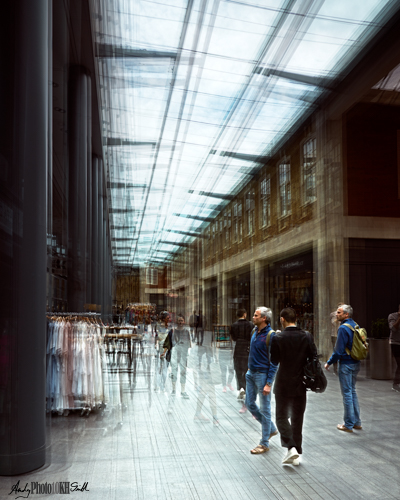 | “Yes – but” Simplify the image by cropping to just the bottom half | |||
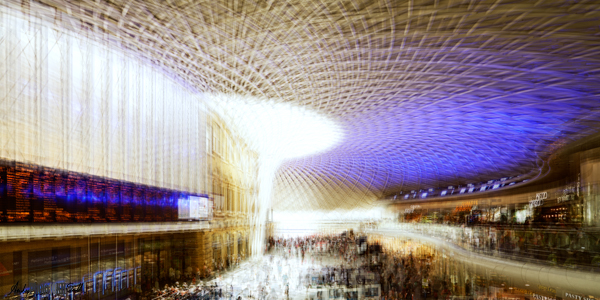 | “No” Just too adventurous. Worries about the burnt out centre. | 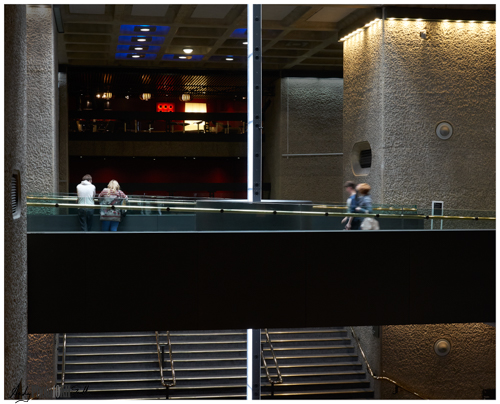 | “Yes – but” Simplify by cropping to just the top half | |||
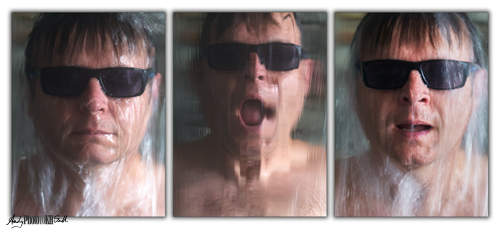 | “Yes – but” One image only – individual portraits are interesting and well photographed | 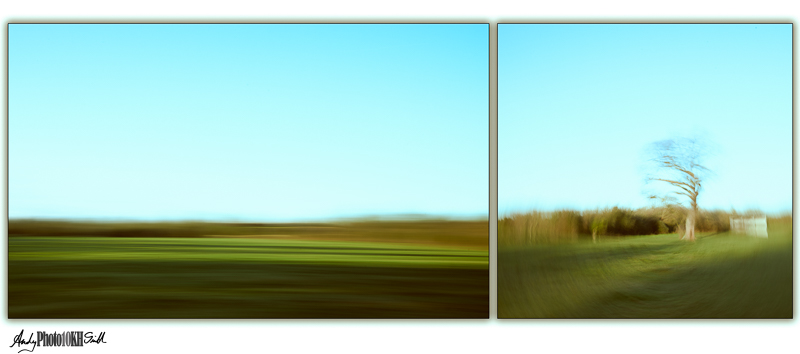 | “No” Too complex as a diptych; too simple as individual images |
Backup images:
| Image | ….. | Comment | ….. | Image | ….. | Comment |
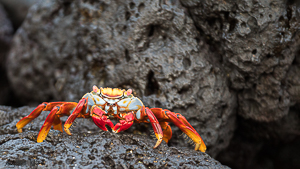 | “Yes” | 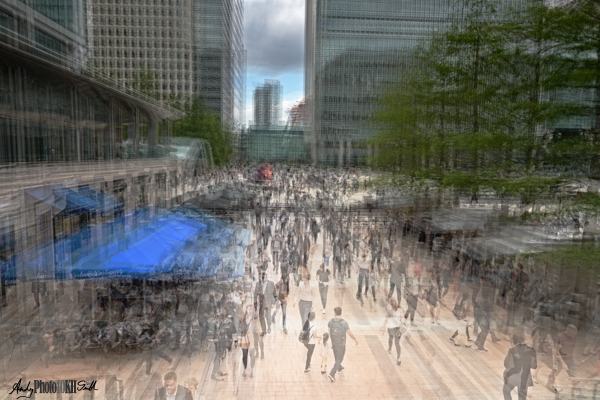 | “Yes” This is better than the others | |||
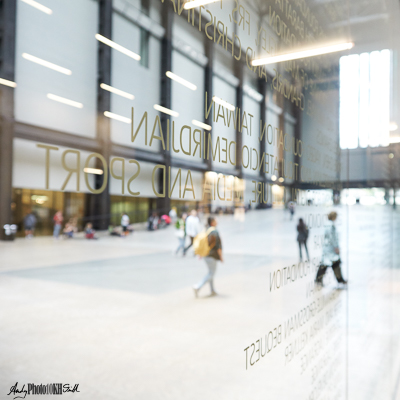 | “No” Definite no. | 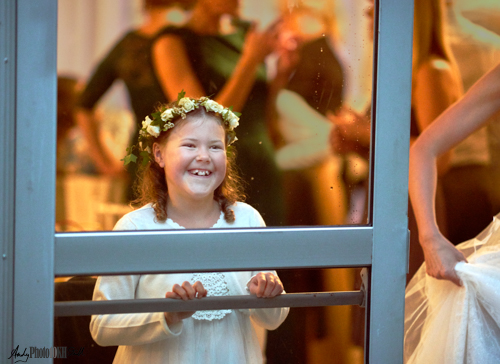 | “No” Girl not sharp and smiling children never do well | |||
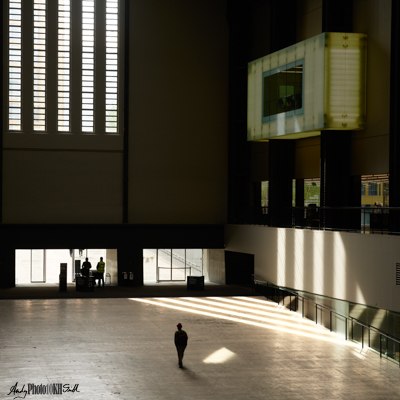 | “Yes but” Left half only | 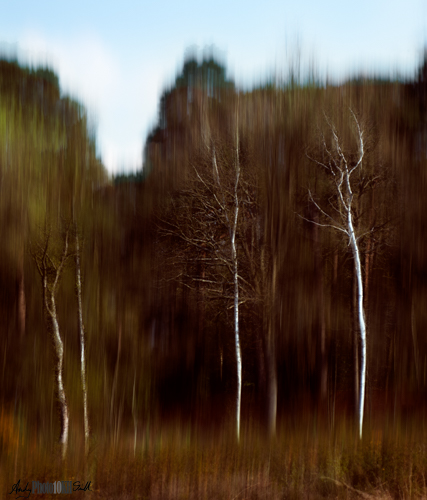 | “No” Sky distracting | |||
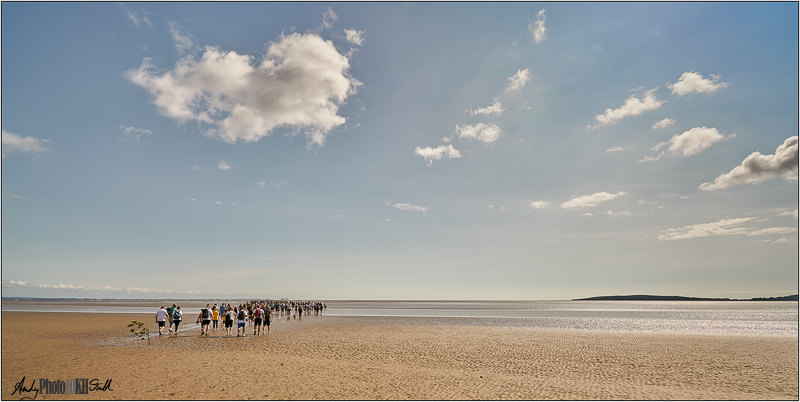 | “No” Not enough | 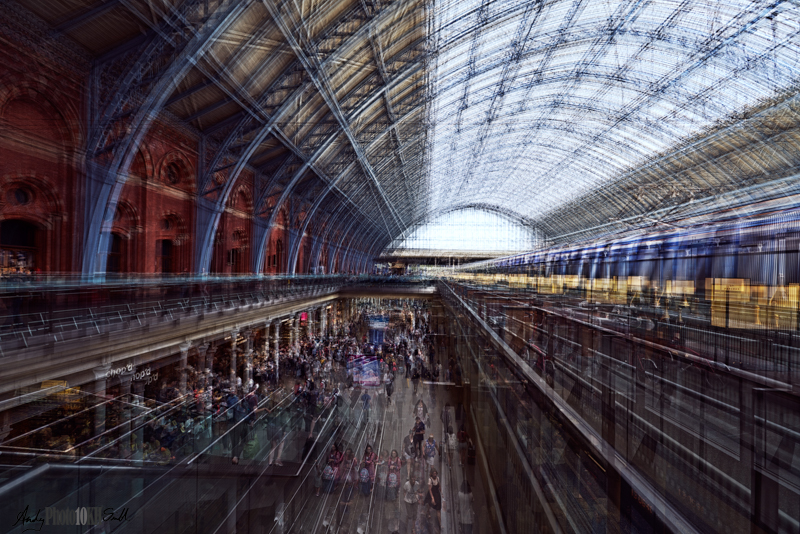 | “Yes” Best so far – but darken top right section | |||
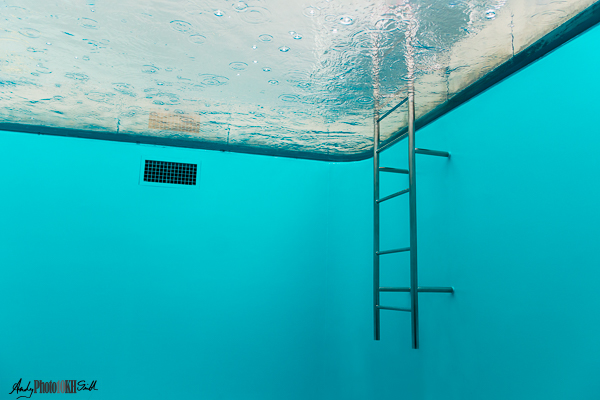 | “Yes” | 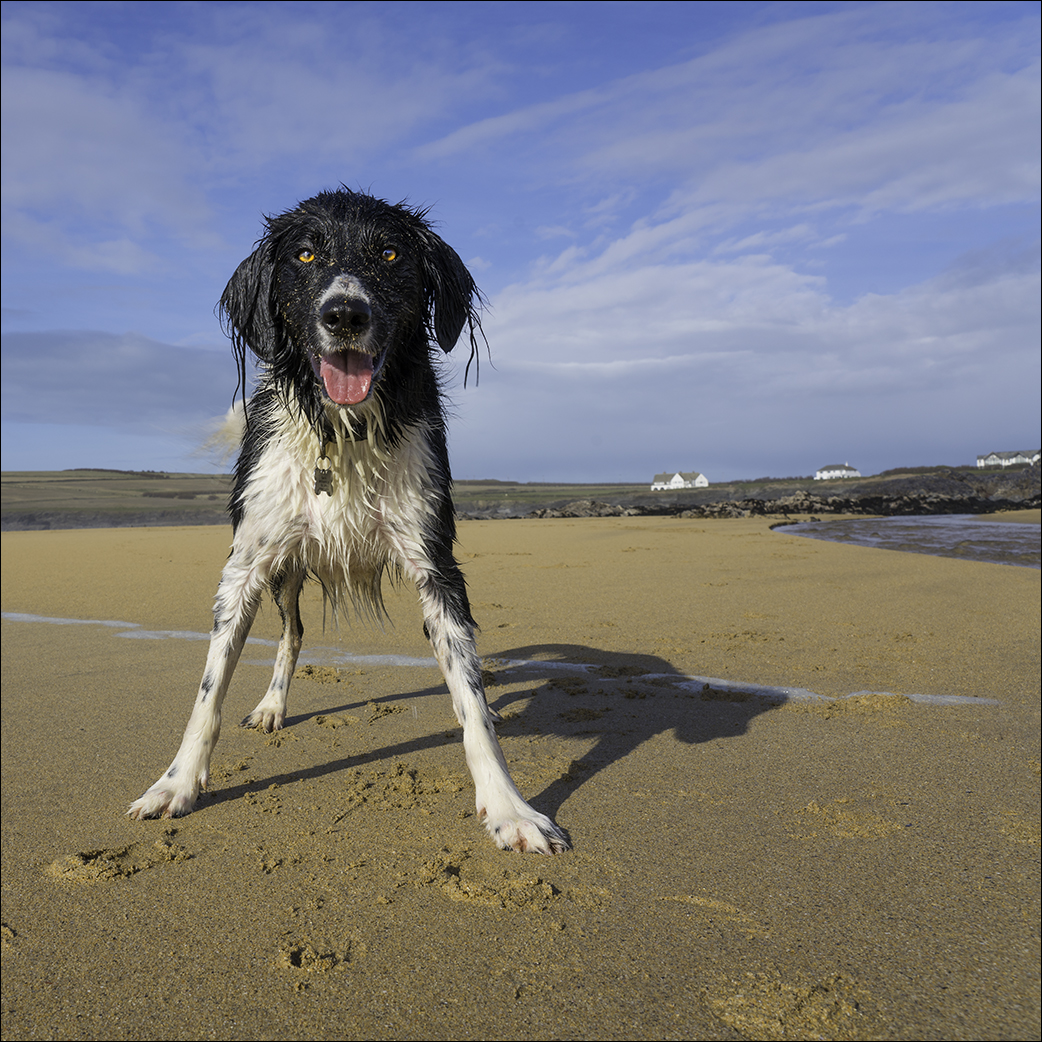 | “Yes” – Paul “No” – Steve |
Suggested Images for Submission
Following feedback from John and Steve
